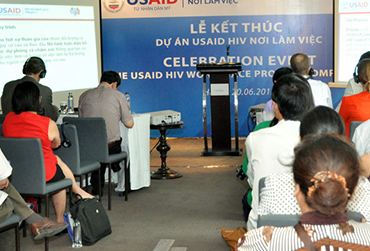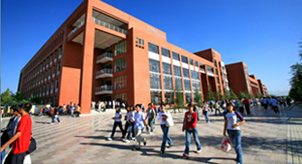About

- For sixty years of commitment to scientific research and social service, SUST is a dream place to find your potential with its high-quality teaching and research and a place where students become highly employable, creative and culturally rich graduates.
Admissions
- >Overview
- >Undergraduate Programs
- >Master Programs
- >Ph.D Programs
- >Chinese Language Programs
- >Scholarship & Financial Aids

- Master’s degree,and auditors with more auditing experience Master’s degree,and auditors with more auditing experience Master’s degree,and auditors with more auditing experience Master’s degree,and auditors with more auditing experience Master’s degree
Academics
- >Overview
- >Schools & Colleges
- >Faculty Profiles
- >Academic Jobs
- >College of International Education
- >Academic Calender

- Shaanxi University of Science and Technology constantly refines and optimizes the structure of academic disciplines, and has set up 58 undergraduate programs, 100 master degree programs, and 22 doctoral degree programs.
Research
- >Overview
- >Awards & Achievements
- >Labs & Institutions
- >Postdoctoral Openings
- >Libraries
- >Museum & Collections

- SUST has been at the forefront of research throughout its history. Here students can work side-by-side with Fields medal winners, Fulbright Scholars and MacArthur fellows.
Campus Life

- A rich campus life awaits all those who come to SUST. An integral part of our mission to train talented graduates is providing a fertile environment for students to develop their social, cultural, sporting and artistic lives.

